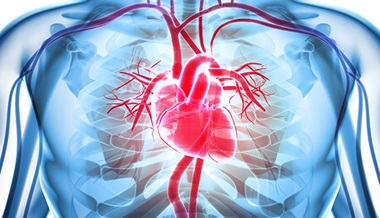Heart Health Tips
The causes of heart disease are often complex — but preventing heart disease doesn’t have to be. Many of those factors are within your control. Johns Hopkins cardiologist Michael J. Blaha, M.D., M.P.H., director of clinical research at the Ciccarone Center for the Prevention of Heart Disease, explains how heart disease prevention is as easy as A-B-C-D-E. “This helps us make sure we hit all the elements of preventive care,” Blaha says.
A: Assess Your Risk of Heart Disease

To prevent heart disease, it first helps to know whether you’re at high risk. Try an online calculator to determine the likelihood that you’ll experience a heart disease event in the next 10 years. “That’s a great first step,” Blaha says. But it’s also a good idea to get checked by your primary care doctor, who can track factors such as blood pressure and cholesterol levels and help you make sense of the numbers.
A: Aspirin
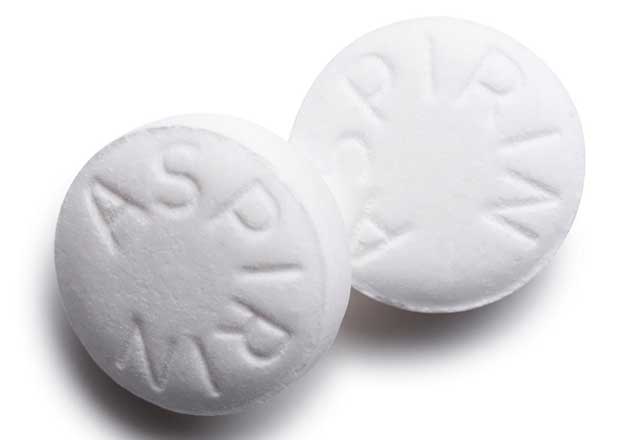
A small daily dose of aspirin can lower the risk of heart attack or stroke in many patients who are at increased risk of heart disease, including those with diabetes or narrowing of the arteries. Talk to your doctor to find out if daily aspirin is a good idea.
B: Blood Pressure
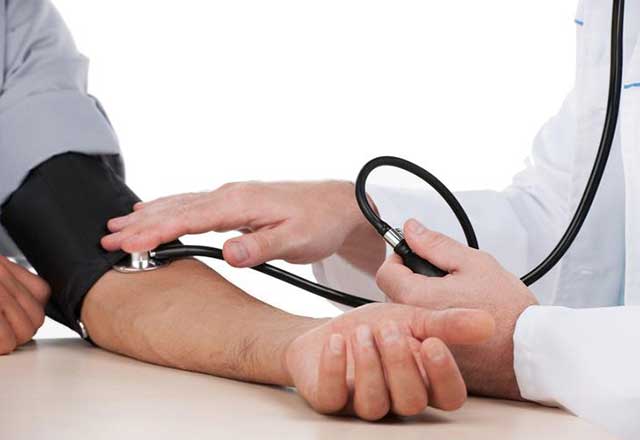
High blood pressure (defined as 140/90 or higher) is a significant cause of heart attack, stroke, kidney disease and dementia. You can help keep blood pressure low by maintaining a healthy weight, getting regular aerobic exercise, eating a diet low in salt and high in fruits and vegetables, and reducing alcohol intake. Medications can also keep high blood pressure in check.
C: Cholesterol
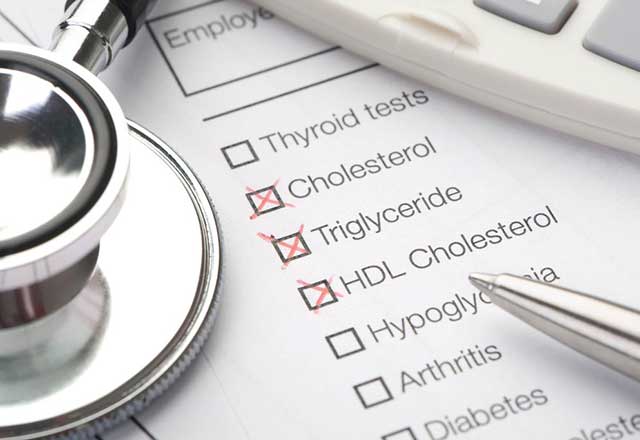
So-called “bad” cholesterol, also known as low-density lipoprotein (LDL) cholesterol, builds up in the arteries over time, reducing blood flow to the heart and increasing the risk of heart attack and stroke. “We generally aim to keep LDL cholesterol levels below 100 mg/dL,” Blaha says. As with blood pressure, a healthy diet and regular exercise can help keep cholesterol levels low. Medications such as statins can also help lower cholesterol and reduce heart disease risk. Talk to your doctor to find out if statins are right for you.
C: Cigarette/Tobacco Cessation
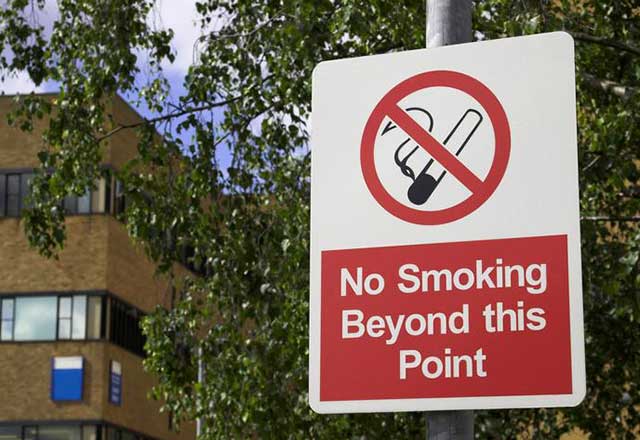
Tobacco use increases the risk of heart attack and stroke and is linked to several cancers as well. If you smoke, quitting is the best first step to slashing your heart disease risk, Blaha says. A number of resources are available to help you quit, including nicotine replacement products, prescription medicines and classes.
D: Diabetes Prevention and Treatment
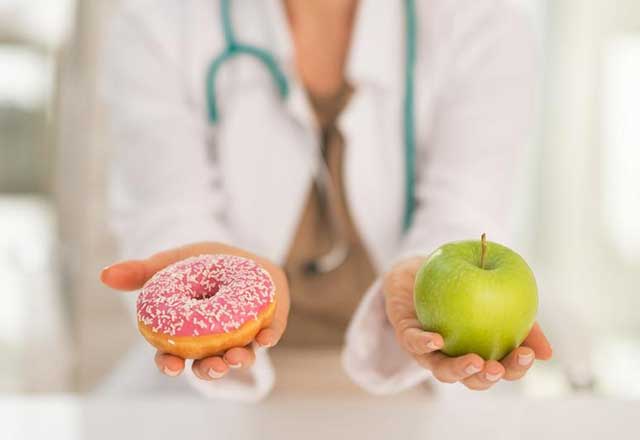
Both diabetes and prediabetes can lead to heart disease, stroke, kidney failure, blindness and amputations. “If you’re trending toward diabetes, you should make an effort to prevent it through diet and exercise,” says Blaha. If you already have diabetes, keeping it in control through healthy lifestyle changes and/or medications will lower your risk of serious complications, including heart disease.
D: Diet and Weight Management

A nutritious diet is a key piece of good health. Experts recommend a diet rich in fruits, vegetables and whole grains, as well as low-fat dairy products, poultry, fish, legumes and nuts. Minimize or avoid sweets, sugar-sweetened beverages, red meats and refined carbohydrates, such as those in white bread, white rice and pasta. For people who are overweight (with a body mass index or BMI from 25–29.9) or obese (with a BMI of more than 30), even modest weight loss can improve heart disease risk.
E: Exercise

Exercise helps you maintain a healthy weight and lowers your risk of a wide range of diseases.
The American Heart Association recommends 150 minutes of moderate activity per week. Thirty minutes a day, five days a week is a great goal. But don’t stop there, Blaha says: “Think of exercise as general activity, including things like less sitting, less screen time and more walking, as well as the type of moderate to vigorous activity that gets you to break a sweat.”





